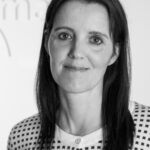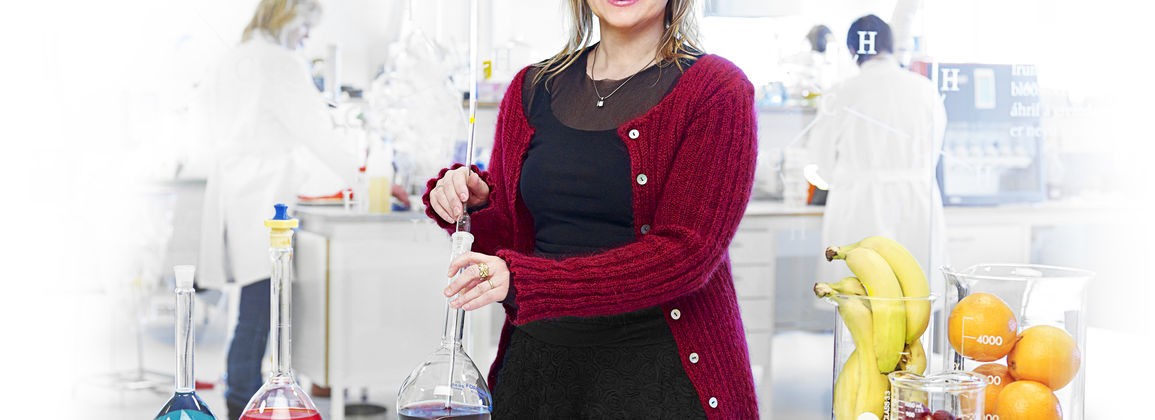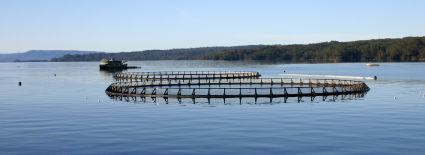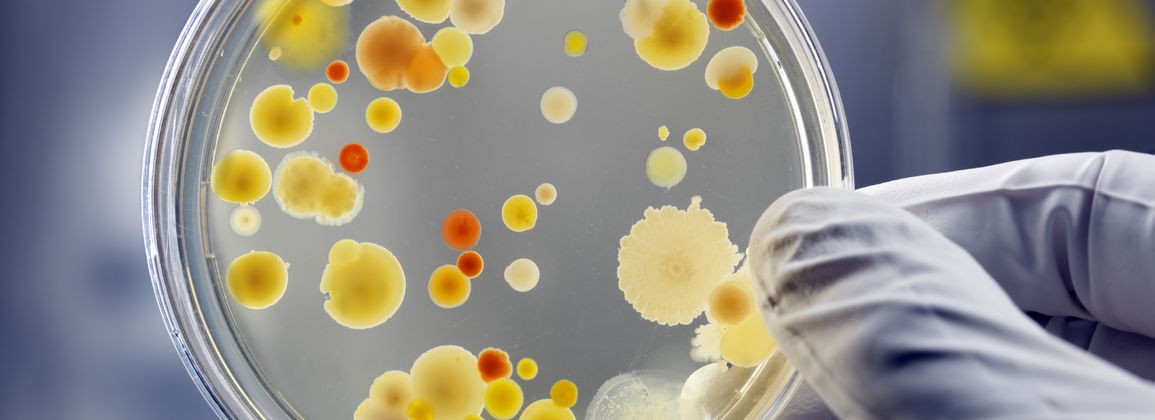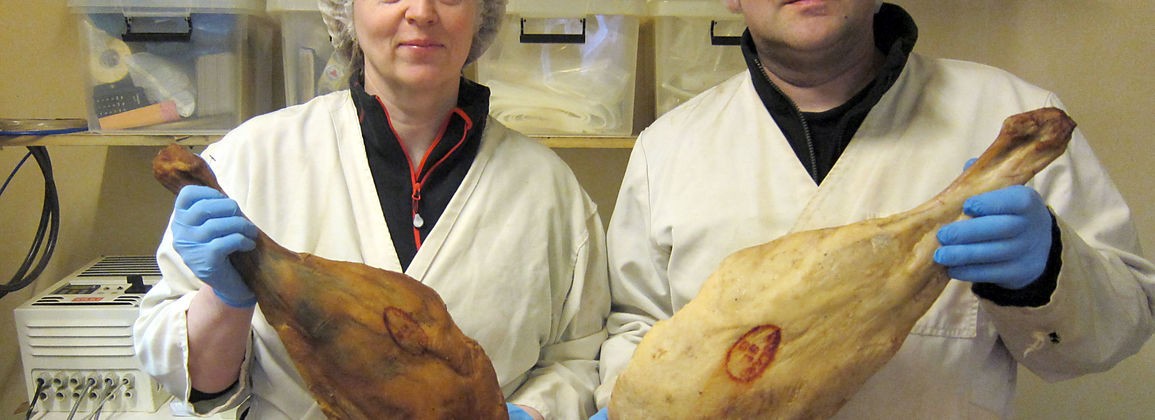Professor Wolfgang Hillen will give a lecture at Matís, Vínlandsleið 12, Reykjavík on Thursday 3 June at 10.00 - 11.00. The lecture is entitled: Tetracycline Dependent Gene Regulation in Bacteria and Mammals: From Mechanisms to Applications.
Professor Wolgang Hillen is the Chair of the Department of Microbiology, Friedrich-Alexander University, Erlangen-Nuremberg, Germany.
More about the topic of the lecture
Tetracycline Dependent Gene Regulation in Bacteria and Mammals: From Mechanisms to Applications
Tetracycline dependent gene regulation originates from resistance genes against this antibiotic in bacteria. The resistance mechanism has provided evolutionary pressure to establish a gene regulation system with low background expression combined with sensitive and efficient induction. The relevant prokaryotic components have been modified to function in nearly all organisms, including transgenic mice and human cell lines. A special strategy will be described for the construction of a suicide device for gene therapy by inducing apoptosis in human cell lines at will using regulated t-Bid expression. The basal expression is reduced below the induction threshold by a combined repressor / activator regulation construct, which leads to over 99% cell death upon induction. Furthermore, a screen for the nuclear localization of proteins will be described that does not need microscopy but instead makes use of a purely genetic procedure in which expression of a reporter gene indicates nuclear localization. The potential for screening novel therapeutics will be discussed.
For further information, please contact Franklín Georgsson, franklin.georgsson@matis.is.



